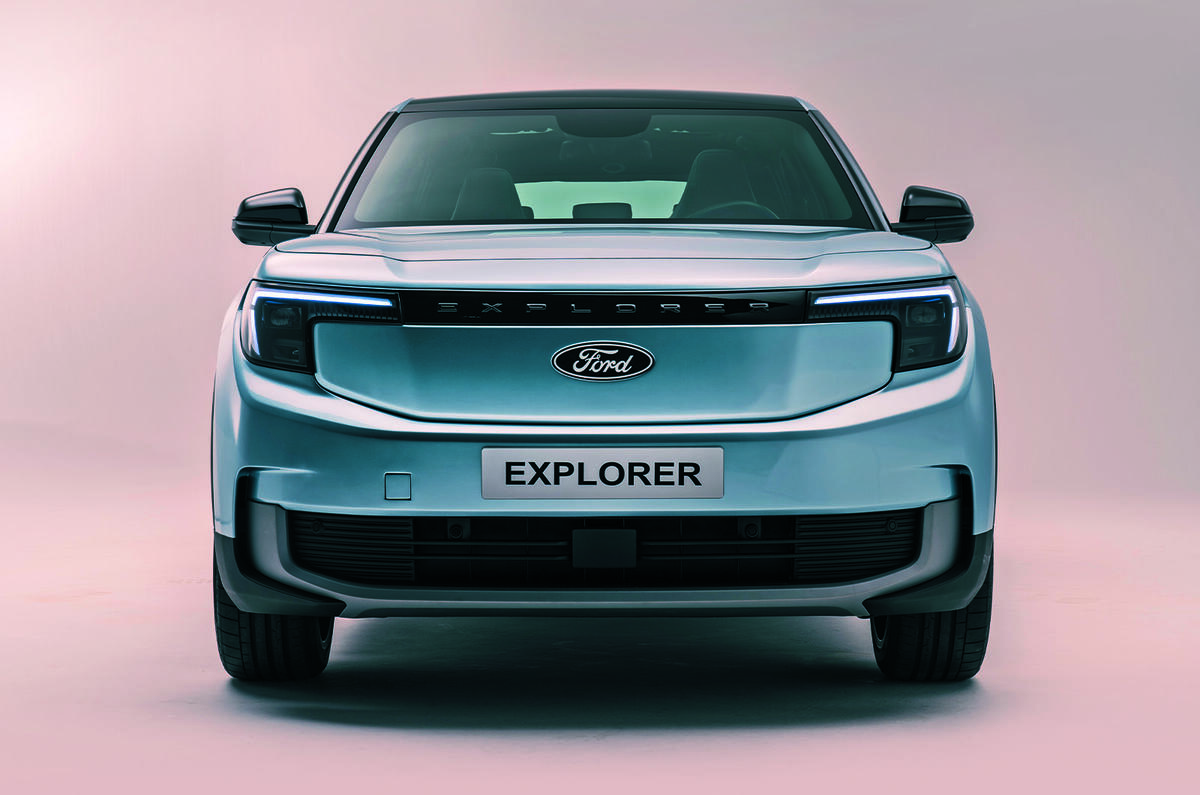The Ford Focus beat Volkswagen Golf with excellent chassis hardware; how can the new Ford Explorer stand out with a VW platform?
In some ways, Ford’s launch of its new mid-sized Explorer SUV carries strong echoes of what was previously its biggest European product event, the 1998 launch of the Ford Focus. But in other ways, it’s a complete contrast.
The Focus arrived on a mission to do a better European hatchback than anyone else. The way to achieve that, company leaders said, was to follow a globalisation course; to make a car that would bring Europe’s strong product values to Ford buyers across the world, with associated economies of scale.
It did this well, especially around 2012 when sales were strong in the US, China, Canada and Australia, even if they had declined somewhat in Europe.
The practical task was always to trump the Golf, the perennial best-seller, so Focus came with progressive European styling, a strong showing on quality and reliability, and a sophisticated, headline-grabbing all-independent rear suspension that put all others in the shade.
If European cars were better dynamically than Japanese or Koreans – and they were – then the new Focus beat them all. Even VW’s all-powerful Ferdinand Piëch was caught off guard: soon VW had to offer its own all-independent rear set-up.
Ford never beat the Golf but it played the European game well until demand for hatchbacks started to be hit by buyers’ strong swing towards SUVs, by Ford’s own inability (that always hovered in the background) to make its European cars profitably, and by Dearborn’s hang-it-all decision to project a stronger American image in Europe as a way of making its products different.
That’s where the contrasts between Focus and Explorer are heaviest. Globalisation is a goner. So is the notion of Ford of Europe engineering all its cars from the ground up. It still wants to make major components — EV powertrains are an important area — but it doesn’t mind using VW’s underbits for its strong sellers.
In the Focus heyday that would have been unthinkable. It’s a bold plan, even if it involves a rather sad shrinkage of Ford design and engineering resources on the side of the Pond. As ever it will stand or fall on the Blue Oval’s ability to make its all-new models desirable. But it does have a good track record of that.




Join the debate
Add your comment
Just another fat-arsed EV SUV, right when cars need to be getting lighter and slipperier, more than ever.
I've read reports from engineers who've taken an ID VW to pieces - apparently they were quite impressed by its sophistication, but the execution isn't great.
This suggests that Ford might have good ingredients to work with, and with their own user interface and careful calibration they could make something really nice to drive. If they can be bothered.
The advert has just come on Tv stating it won't be on sale till next year and the spec and options will be different for the UK market.